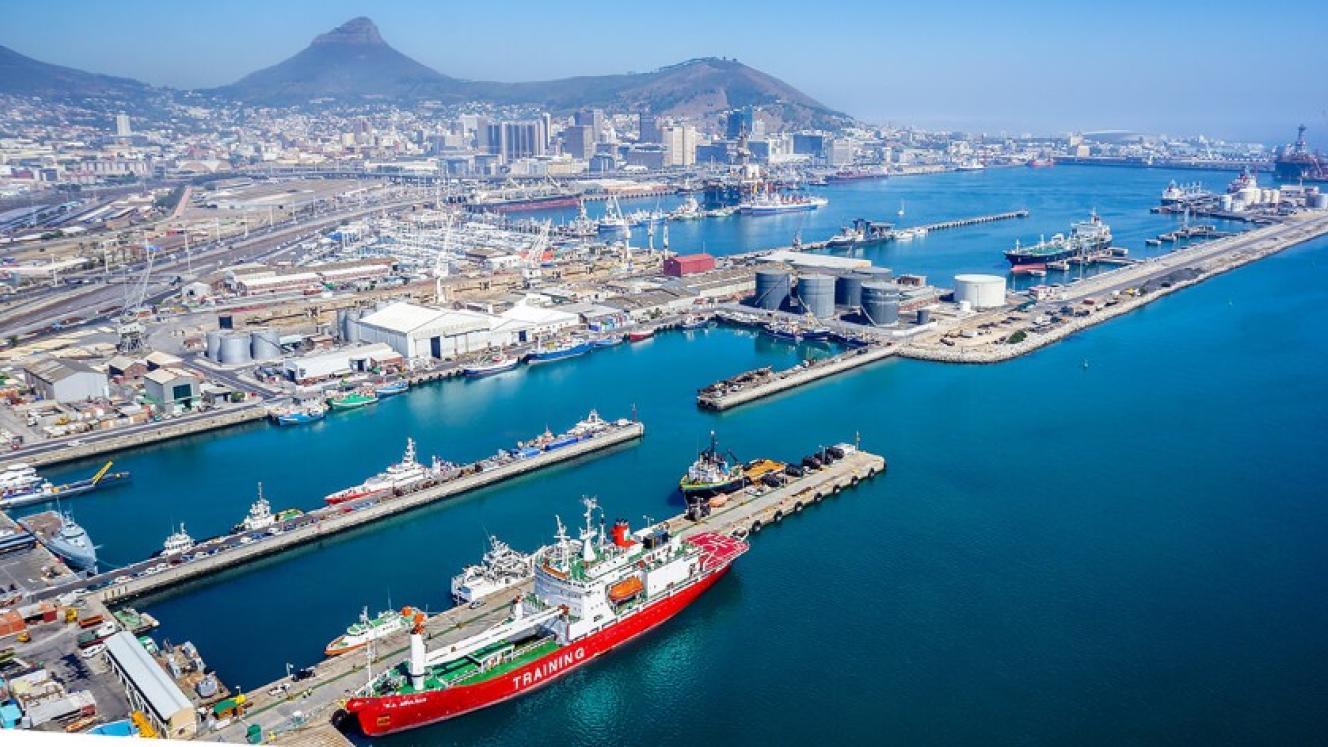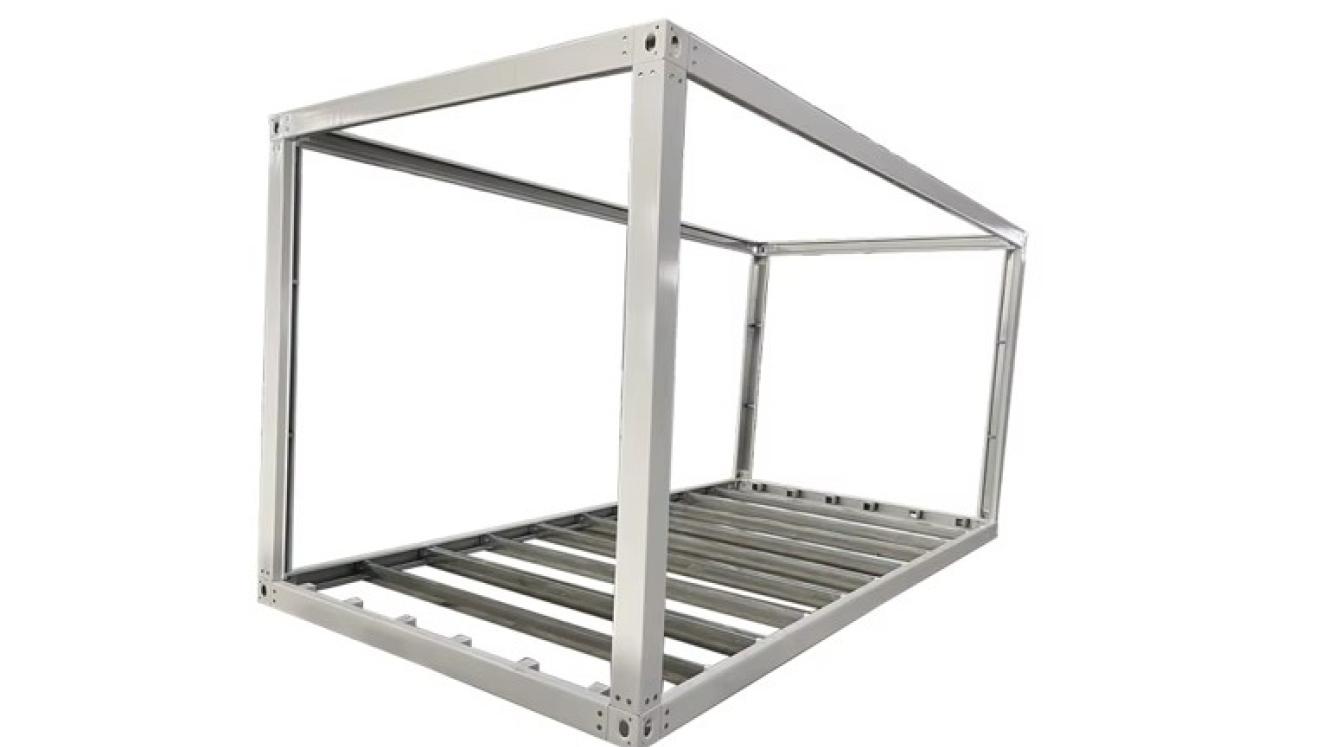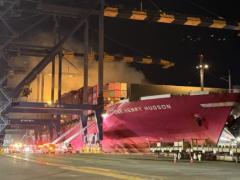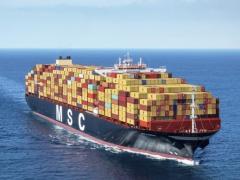Throughput in various cargo categories at the Port of Cape Town increased for the week of August 11-17, matching improved quayside data recorded by the South African Association of Freight Forwarders (Saaff) and Business Unity SA (Busa).
But the port remains underutilised as far as available capacity is concerned, says Terry Gale, chairperson of Exporters Western Cape (EWC).
Freight forwarding data gathered by the EWC aligns with the latest figures gathered and reported on by Saaff and Busa in the latest Cargo Movement Update, which showed across-the-board port-side improvement, reported on by Freight News on Thursday, August 21.
Describing Cape Town’s figures as a “beacon of hope”, Gale says the current period of buoyancy at the port would be even better if there were more cargo.
Data gathered for Cape Town Container Terminal (CTCT) for the aforementioned period shows that 16 819 twenty-foot boxes (TEUs) were handled, well above the TEU target of 14 000.
Gross container handling (GCH) was 15 boxes per hour, although 19 was the target, and the moves per ship-working hour (SWH) were 30.7, whereas 40 was the target, keeping in mind the impact of wind and other weather-related challenges at the port.
Night utilisation at the port for the period was 33%, 294 rail moves were recorded, and stack occupancy was 29%.
Gale said that although the absence of cargo at capacity was clear, the port’s performance was, on average, generally improving week-on-week.
At the Multi-Purpose Terminal (MPT), GCH for the August 11-17 period was 2 627 compared to the target of 835, whereas GCH and SWH figures were respectively recorded at 13 and 18 compared to the targets of 16 and 19.
The target for moves at the truck gate was 1 500, and 1 244 were realised.
At the Fresh Produce Terminal (FPT), an occupancy figure of 42% was recorded for the five vessels handled – one box ship, two multi-cargo vessels, a breakbulk vessel and a layby.
FPT handled 1 262 TEUs altogether, 300.46 metric tonnes (mt) of dry bulk, 8729.05mt of general breakbulk cargo, and 1464 breakbulk pallets of fruit.
At the fruit terminal, there was a 12% year-to-date increase in volume, heralding one of the best citrus export yields ever, Gale says.
Although this could be because of front-loading, given the implementation of a 30% increase on South African exports to the US, EWC points out that it still accounts for a 14% increase in combined exports for SA ports for the measured period.
Turning to the port’s operational performance, Gale says of the nine ship-to-shore cranes, eight were working, while 21 of the 24 available rubber-tyred gantry (RTG) cranes were in use.
With another nine RTGs to be commissioned within the next few weeks, the port’s performance is steadily improving w-o-w, Gale says.
“Now all we need is more cargo.
“It’s unfortunate that the port is underutilised, especially considering expanded capability.”
He says although it can’t be proven that vessels are bypassing Cape Town because of persistent challenges, progress at the port will hopefully result in more calls.
“It’s looking a lot better than it used to,” Gale says.













